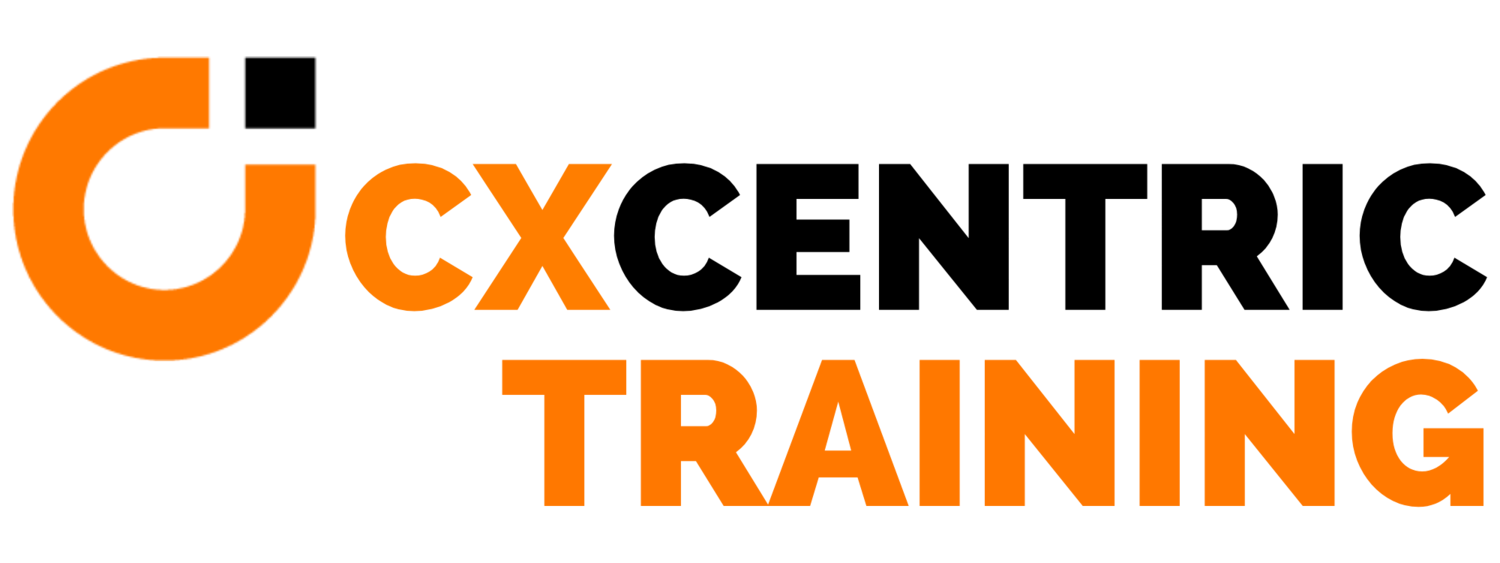Customer Experience Leadership Workshop: September 2021.
CX-Brussels in collaboration with CX-Centric hosted an event on CX Leadership which was on the 9th of September 2021. The online event was predominantly attended by Belgian-based Customer Experience professionals from most insurance companies.
Over the years, as organizations have taken a more extensive approach to Customer Experience, the need for an ideal CX Leader ( one who is able to guide the employees and stair the organization in the most sustainable and profitable customer experience direction) has been a prerequisite to this approach. In this session, we tried to answer, articulately, some of the many common thorny questions regarding a CX Leader. We discussed inter alia the following:
The key questions one has to ask themselves as a leader
The responsibilities of a CX Culture Manager
The responsibilities of a CX Director/ CCO
The responsibilities of a CX Manager
The common barriers to effective CX Leadership
Creating an environment that creates high performing leaders
At the beginning of his presentation, Jonathan Daniels (CX-Centric founder and CX-Brussels co-founder), explained what constitutes a CX Leader. Jonathan referencing The Customer Experience Playbook explained that a CX Leader must be open and remain approachable. They must understand that spending the majority of time at their desk or in the office won’t cut it. Collaboration is critical to sustaining success. They (CX Leaders) engage with people, challenge them, and are able to accept criticism. They foster an inclusive environment bridging people across the organization and creating an atmosphere of trust.
Jonathan then touched on the 8 key pillars of digital transformation. These as he mentioned, include:
Strategy: Vision and Roadmap
Leadership: Management Methods, Sponsorship, and Resources
Products: Business model, Innovation Capabilities, Digital value chain
Operations: Channels and Business practices, processes, and agility
Culture: Hierarchy vs network, openness
People: Roles, expertise capabilities
Governance: Comms and collaboration, KPIs, alignment
Technology: Software tool, cloud architecture, infrastructure, industry 4.0.
Further, into his presentation, Jonathan explains what really entails customer-centric alignment. Jonathan presents two forms of alignment which is the functional integration and the strategic fit:
Functional Integration
It highlights the need for CX as a function, to align with the overall business strategy and operation.
Strategic Fit
It highlights the need for your Business and Customer Strategy to be aligned with your operations.
Continuing with the presentation, Jonathan presented some of the key questions a leader has to ponder. This got the attendees exuding so much excitement as they so much anticipated this part of the presentation. These questions are as follows:
What were the peak moments in my life and what helped me achieve them?
What are the values that should guide my decisions and actions?
What do l need to improve my abilities to move this team or organization forward?
What do l think the organization should be headed over the next ten years?
What gives me the courage to continue in the face of uncertainty and adversity?
How solid are my relationships with my constituents?
How trustworthy am l?
What can l do to keep hope alive - in others and me?
The ideal environment which creates high performing leaders was also touched on and these were some of the factors which were said to be effective:
Key takeaways from workshop:
Customer-centric community is very important and it is not to be used voluntary by the organization’s employees but rather it should be mandatory for every employee and department in the organization
The eight-core dimensions of the CX-Centric framework are effective in that they cover all the aspects of the organization’s customer experience strategies
The CX Centric transformation maturity model is very effective and insightful in that it helps organizations to achieve value for money, support sound decision making, facilitate accountability, improve planning, to manage risks, and devise and achieve customer-centric strategies.


